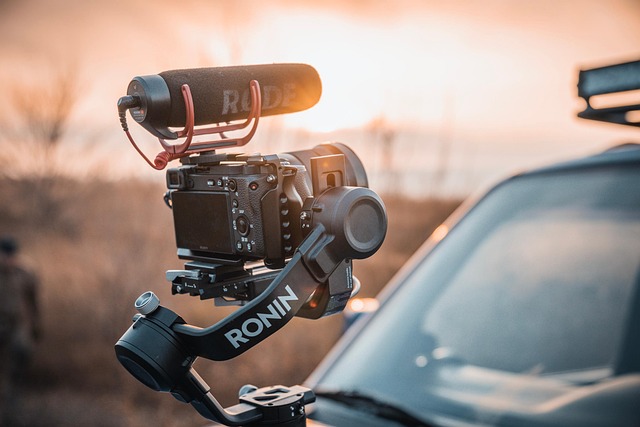Mastering Exposure: The Power of Stabilizers in Photography
Photography is an art that balances light and shadow, moments and motion, clarity and blur. Every photographer, whether novice or professional, understands the magic captured in a perfectly exposed image. But behind that magic often lies the subtle yet crucial role played by stabilizers.
When we speak of exposure, we’re referring to how much light reaches the camera sensor—the deciding factor between a washed-out photo and one bursting with detail. Yet, achieving the perfect exposure is not just about shutter speed, aperture, or ISO settings. It’s also about ensuring that the image remains steady and crisp, especially when shooting in challenging light conditions. This is where the stabilizer becomes an indispensable tool.
A stabilizer, whether it’s a physical device like a gimbal or a lens feature such as image stabilization, works to reduce the unwanted motion that can blur a photo. Imagine yourself in the quiet, golden hour of sunset, attempting a long exposure to capture the glowing horizon. Suddenly, a slight hand tremor shifts the frame—resulting in a blurred image and a lost moment. For many, this frustration is all too common. A stabilizer steps in, anchoring the camera’s movement, helping you hold steady when your body or the environment won’t.
But beyond the technical advantages, stabilizers empower photographers creatively. With steady exposure control, you can experiment with slower shutter speeds to capture motion trails of city lights or flowing waterfalls, transforming fleeting moments into ethereal scenes. You gain the confidence to shoot handheld in dim environments without relying solely on flash or raising ISO, preserving the natural ambiance and minimizing noise in your images.
At its core, mastering exposure is about control—over light, over timing, and importantly, over movement. A stabilizer gives photographers that control, allowing them to harness subtlety and finesse in every shot. It bridges the gap between intention and execution, so what you see in your mind’s eye translates more faithfully through the lens.
Next time you find yourself struggling with hand shake or motion blur, consider the stabilizer not just as a technical accessory, but as a silent partner that elevates your artistic vision. By embracing its power, you open up new possibilities in exposure and in storytelling through your photography.



